Savoring the Flavors of Japan: An Odyssey Through Japanese Cuisine
Japan, a land where tradition meets modernity, boasts a culinary landscape as diverse and exquisite as its cultural heritage. From the bustling streets of Tokyo to the serene temples of Kyoto, Japanese cuisine is a journey of flavors, textures, and meticulous craftsmanship. Let’s embark on a gastronomic adventure through some of Japan’s most iconic dishes and culinary traditions.
Sushi and Sashimi: The Art of Raw Perfection
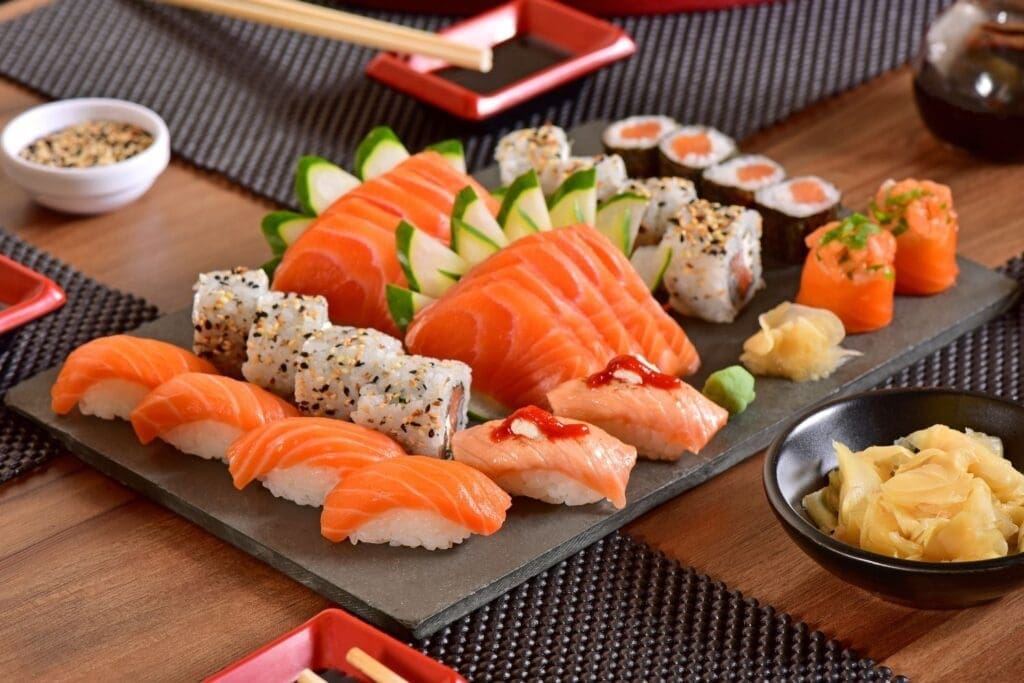
Sushi, arguably Japan’s most famous culinary export, is a testament to simplicity and precision. At its core, sushi is vinegared rice paired with fresh seafood, vegetables, or even tropical fruits. The beauty of sushi lies in its variety: from the humble nigiri (a slice of fish atop rice) to elaborate rolls like the maki and temaki.
In contrast, sashimi focuses solely on the quality of the raw fish. Expertly sliced and often accompanied by soy sauce, wasabi, and pickled ginger, sashimi allows diners to appreciate the pure, unadulterated flavors of the sea.
For an unforgettable sushi experience, visit Tsukiji Outer Market in Tokyo or Nishiki Market in Kyoto, where fresh ingredients and skilled chefs abound.
Ramen: A Comforting Bowl of Noodles
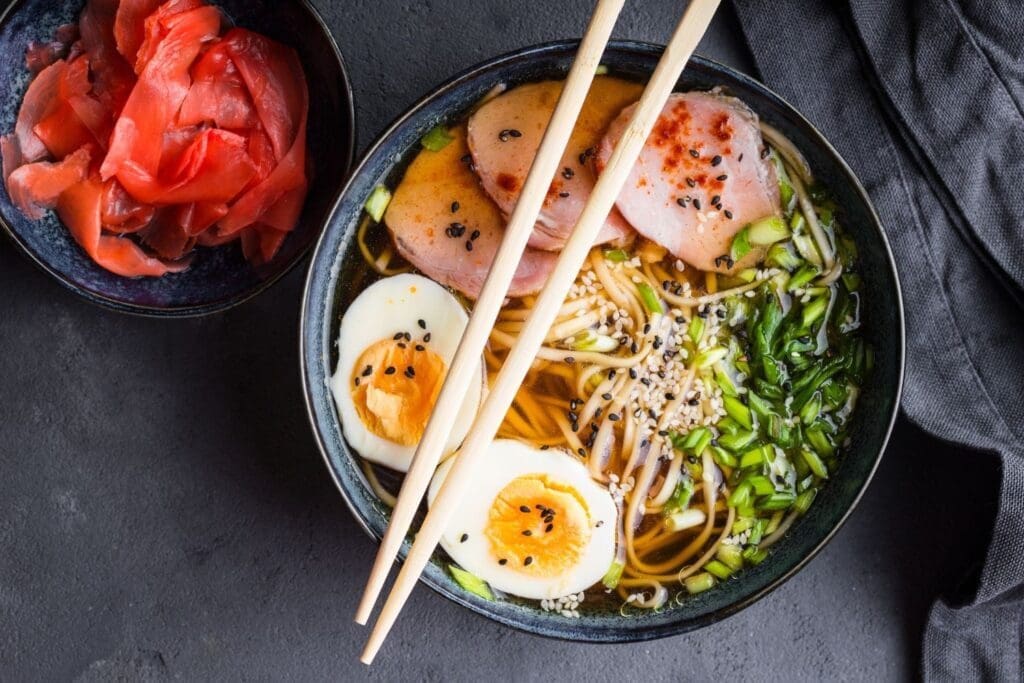
Ramen, a hearty noodle soup, has become a global phenomenon. Each region in Japan offers its unique take on this comforting dish. Whether it’s the rich, pork-based tonkotsu ramen from Kyushu, the soy-based shoyu ramen from Tokyo, or the miso ramen from Hokkaido, each bowl tells a story of local ingredients and culinary traditions.
The key to great ramen lies in its broth, which is often simmered for hours to develop deep, complex flavors. Add to this springy noodles, tender slices of chashu (braised pork), a soft-boiled egg, and a variety of toppings, and you have a dish that warms both body and soul.
Tempura: A Crispy Delight
Tempura, the art of deep-frying seafood and vegetables in a light, airy batter, showcases Japan’s dedication to culinary elegance. The secret to perfect tempura lies in the batter, which should be mixed just before frying to ensure a delicate crunch.
Often served with a dipping sauce made from dashi, soy sauce, and mirin, or simply sprinkled with salt, tempura can be enjoyed at high-end restaurants specializing in this technique or at casual eateries across Japan.
Kaiseki: The Pinnacle of Japanese Fine Dining
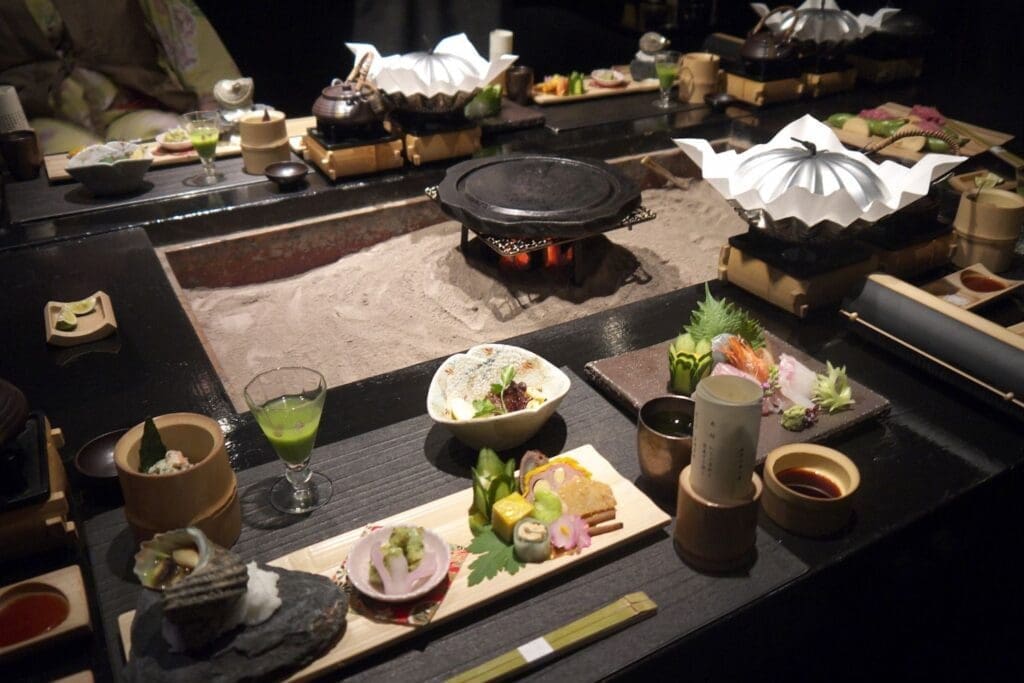
For a truly immersive dining experience, kaiseki offers a multi-course meal that highlights seasonal ingredients and the chef’s artistry. Originating from the traditional tea ceremony, kaiseki meals are carefully curated to balance taste, texture, appearance, and color.
A typical kaiseki meal might include appetizers, sashimi, a simmered dish, a grilled dish, and a steamed course, each presented with meticulous attention to detail. Dining at a kaiseki restaurant, such as those found in Kyoto’s historic Gion district, is akin to a culinary journey through the seasons.
Street Food: A Taste of Everyday Japan
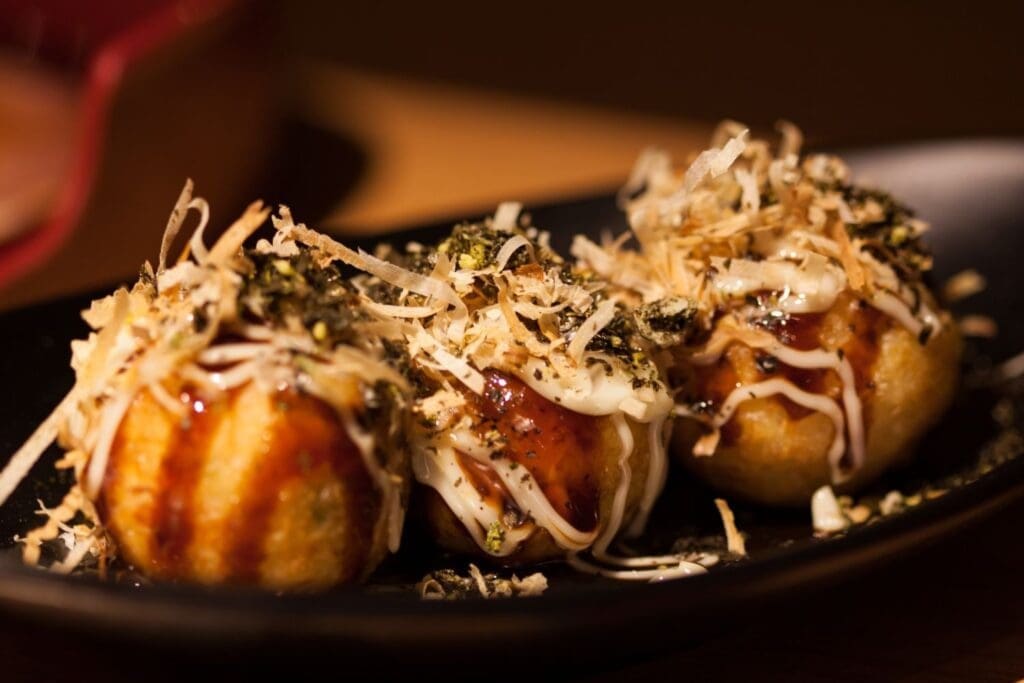
Japanese street food offers an array of flavors perfect for on-the-go indulgence. Takoyaki, savory octopus-filled dough balls, are a staple at festivals and street stalls, especially in Osaka. Okonomiyaki, a savory pancake filled with ingredients like cabbage, pork, and seafood, is another favorite that varies by region.
In Hiroshima, the local style of okonomiyaki includes layers of noodles and a fried egg, creating a hearty and satisfying meal. For the sweet tooth, taiyaki, fish-shaped cakes filled with sweet red bean paste, and mochi, chewy rice cakes, are must-tries.
Sake: Japan’s Quintessential Beverage
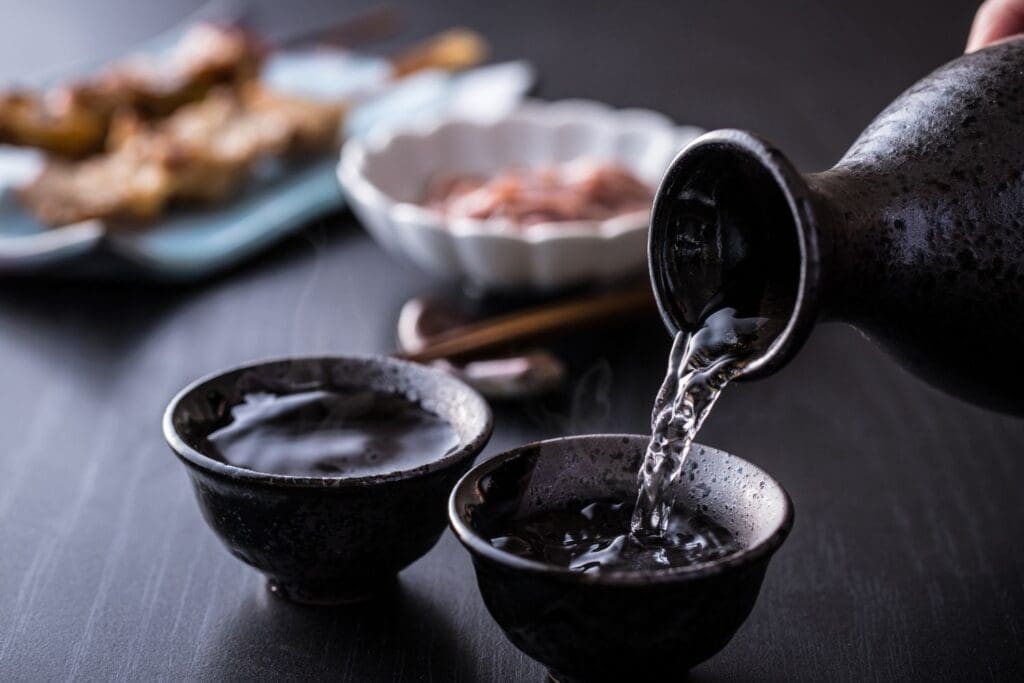
No exploration of Japanese cuisine is complete without sake, the traditional rice wine that complements a wide range of dishes. Sake brewing is an art form, with varieties ranging from sweet and fruity to dry and complex. Visiting a sake brewery, such as those in Niigata or Fushimi in Kyoto, provides insight into the meticulous process of sake production.
Whether sipped warm or cold, sake enhances the flavors of Japanese cuisine and offers a glimpse into the country’s rich cultural traditions.
Japanese cuisine, with its emphasis on fresh ingredients, seasonal flavors, and culinary craftsmanship, offers an unforgettable journey for any food lover. From the simplicity of sushi and sashimi to the intricate courses of kaiseki, every dish tells a story of Japan’s rich cultural heritage and dedication to the art of food. So pack your chopsticks and embark on a delicious adventure through the Land of the Rising Sun.





